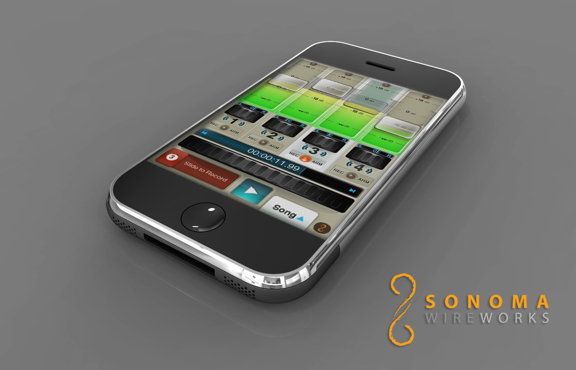Latest News
August 5, 2009

I’m in San Francisco, 1,900 miles away from New Orleans, home to SIGGRAPH 2009. In Morial Convention Center, across Canal Street from the famous French Quarter, the animators who taught Buzz Lightyear to fly in Toy Story, the sound designers who added echoes to Harry Potter and the Chamber of Secrets, and the CG (computer graphics) artists who painted Dr. Manhattan blue from head to toe for Watchman are stirring up new voodoo brews to stun us, conjuring up fresh magic tricks to bewitch us. At nightfall, I imagine the motley crew will spill onto Burbon Street, like the digital population in Will Wright’s SimCity.
But the news from the conference is also spilling into my Outlook inbox. In the past several days, it suddenly became bloated with press releases, announcements, and interview requests. Sorting through them, I noticed a pattern: The overture from the digital entertainment crowd to the engineering crowd is, “Let us make your 3D CAD files prettier.”
Mental Images, a household name among animators, wanted to tell me they had just struck a deal with PTC. The partnership would make mental ray 3.7+ part of the Pro/ENGINEER Advanced Rendering Extension. Caustic Graphics and Lightworks told me they too had joined forces to bring an interactive ray-tracing product. Lightworks Artisan, expected to be available next year, will take advantage of Caustic Graphics’ CausticRT, a hardware-software combo that includes Caustic Graphics’ CausticOne accelerator card and CausticGL programming API.
Caustic Graphics’ chief technology officer James McCombe flew into New Orleans a few days early, to speak at the High Performance Graphics 2009 forum. He planned to propose his company’s API CausticGL as the standard programming language for ray-tracing. In the abstract to his presentation, he wrote, “Modeled after OpenGL, and incorporating GLSL, CausticGL allows the integration of ray-tracing capabilities into applications ranging from professional quality renderers to interactive simulations.”
Bunkspeed, whose technology drives the creation of many marketing and advertising images, tossed an announcement my way, informing me HyperShot v1.9 is now immediately available. The company’s tagline for HyperShot is “render them speechless.” It’s aimed at “product designers, design chiefs, product managers, visualization specialists, product marketing managers, architects, engineers, hobbiests.” The lineup of plug-ins the company has delivered offer more clues to the type of content creators they are wooing: SpaceClaim, SolidWorks, Pro/ENGINEER, Rhinoceros, and KeyCreator users.
Also hailing from the show floor was StudioGPU, pitching its real-time rendering product called MachStudio Pro. In the case of MachStudio Pro, the use of the phrase “real-time” is not an exaggeration. Last month, when I met company officials in person, I saw with my own eyes how their product—software bundled with a AMD ATI FirePro 3D workstation graphics card—produced instant updates while someone worked on a 3D scene decked out textures and backgrounds. The company recently reached out to Google SketchUp and Rhinoceros users with the release of exporters to these programs.
For CAD and PLM vendors, rendering tools and add-ons have become a way to add values to their software packages. The ability to transform relatively plain-looking mechanical designs into shiny, polished photo-realistic models gives CAD users an edge over their competitors in bids and proposals.
The key, in my view, is simplicity. CAD users work in dimensions, features, xrefs, and material properties. CG artists bring scenes to life with gamma adjustment, bump mapping, UV mapping, virtual cameras, and key frames. For a CAD user with little or no exposure to CG, the instruction manual of a typical rendering program might as well be written in Greek. So a stripped-down rendering UI that demands fewer configurations and settings will go along way in securing CAD user’s interest.
In the coming weeks, I hope to have a chance to test-drive some of the renderers and report back to you. (For more on this topics, also read “Luxology’s modo 401 comes with SolidWorks importer,” June 19, 2009.)

Subscribe to our FREE magazine, FREE email newsletters or both!
Latest News
About the Author
Kenneth Wong is Digital Engineering’s resident blogger and senior editor. Email him at [email protected] or share your thoughts on this article at digitaleng.news/facebook.
Follow DE





